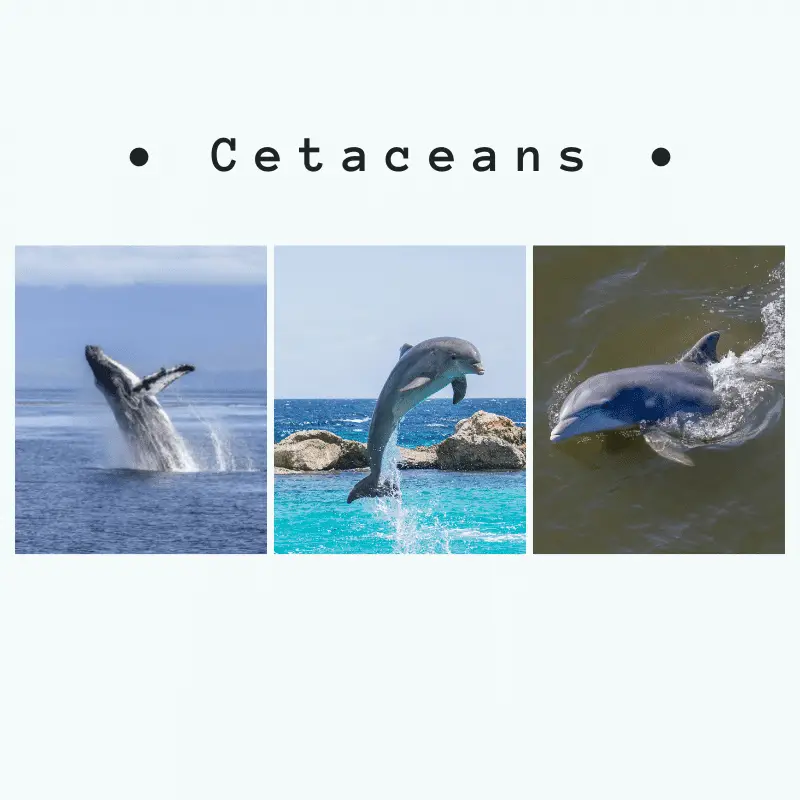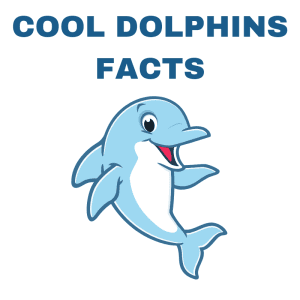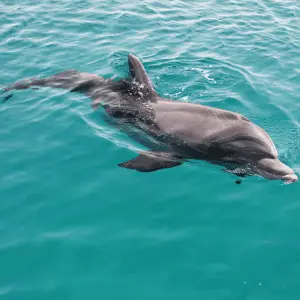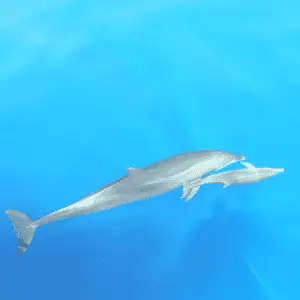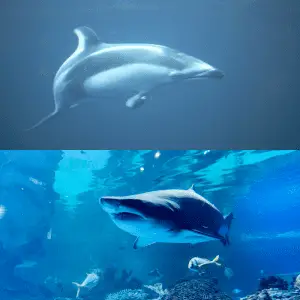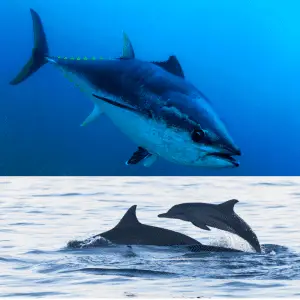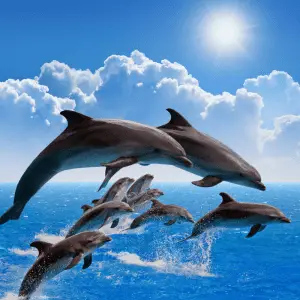Cetaceans are aquatic mammals who spend all their time in the water. They include whales, dolphins, and porpoises from the Latin cetus (a large sea animal) and the greek ketos (sea monster).
There are 90 species presently discovered; however, there will likely be many more in the future.
Cetaceans come in various sizes, ranging from tiny dolphin species just over one metre long to blue whales, 25 metres in length.
Cetaceans Appearance
Some cetaceans are long and slender, while others are short and stocky. Some have huge dorsal fins, whereas others have no fins at all. In comparison, some are bright and conspicuous and others are dull and hard to see.
Recommended Read: How Many Species of Dolphins Are There?
Location of Cetaceans
Cetaceans are located in all of the world’s oceans and many major rivers, from the warm waters near the equator to the cold waters near the poles.
Recommended Read: How Long Do Dolphins Live?
Cetaceans Origins
Cetaceans evolved from furry land mammals with four legs. Although not the direct ancestors of the modern cetaceans we have today, they were very similar. The first real whale-like animals, called Archaeocetes, appeared about 50 million years ago.
The whale-like animals were believed to have lived in coastal swamps and shallow seas. They ranged in length from 2 metres to 21 metres. The ancient whale had torpedo-shaped bodies, and their front limbs had turned into paddles. These paddles later turned into fins. The Archaeocetes became extinct around 30 million years ago.
Cetaceans Diet
Cetaceans eat a variety of food. Their choice depends on their size, whether or not they have teeth and the location they live. Most larger whales feed on vast shoals of fish, or tiny, shrimp-like creatures such as krill, while dolphins and porpoises tend to catch indivual fish or squid. Other less common prey items on the menu include octopuses, molluscs, polychaete worms, crabs, turtles, and smaller cetaceans.
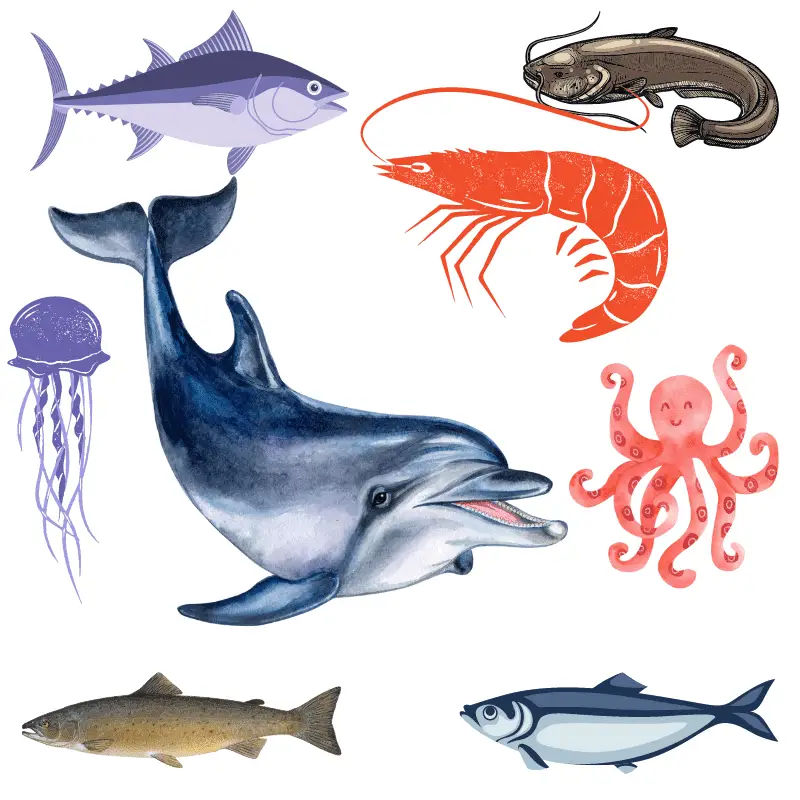
Whales, Dolphins and Porpoises Are Not Fish
At first glance, whales, dolphins and porpoises resemble fish. For example, sharks are fish, and they have similar body shapes. However, they are aquatic mammals, meaning warm-blooded, not cold-blooded, like sharks or other fish species. They breathe air and give birth to live young. Another good way to tell the difference between a cetacean is by their tail. Cetaceans tails are horizontal and move up and down, while a fishes tail is vertical and moves from side to side.
List of Cetaceans Animals
- Amazon river dolphin
- Andrews’ beaked whale
- Araguaian river dolphin
- Arnoux’s beaked whale
- Atlantic humpback dolphin
- Atlantic spotted dolphin
- Atlantic white-sided dolphin
- Australian humpback dolphin
- Australian snubfin dolphin
- Baird’s beaked whale
- Beluga
- Blainville’s beaked whale
- Blue whale
- Bowhead whale
- Bryde’s whale
- Burmeister’s porpoise
- Chilean dolphin
- Clymene dolphin
- Commerson’s dolphin
- Common bottlenose dolphin
- Common dolphin
- Cuvier’s beaked whale
- Dall’s porpoise
- Deraniyagala’s beaked whale
- Dusky dolphin
- Dwarf sperm whale
- Eden’s whale
- False killer whale
- Fin whale
- Fraser’s dolphin
- Ganges river dolphin
- Gervais’ beaked whale
- Ginkgo-toothed beaked whale
- Gray whale
- Gray’s beaked whale
- Guiana dolphin
- Harbour porpoise
- Heaviside’s dolphin
- Hector’s beaked whale
- Hector’s dolphin
- Hourglass dolphin
- Hubbs’ beaked whale
- Humpback whale
- Indian Ocean humpback dolphin
- Indo-Pacific bottlenose dolphin
- Indo-Pacific finless porpoise
- Indo-Pacific humpback dolphin
- Indus river dolphin
- Irrawaddy dolphin
- La Plata dolphin
- Melon-headed whale
- Narrow-ridged finless porpoise
- Narwhal
- North Atlantic right whale
- North Pacific right whale
- Northern bottlenose whale
- Northern right whale dolphin
- Omura’s whale
- Orca
- Pacific white-sided dolphin
- Pantropical spotted dolphin
- Peale’s dolphin
- Perrin’s beaked whale
- Pygmy beaked whale
- Pygmy killer whale
- Pygmy right whale
- Pygmy sperm whale
- Ramari’s beaked whale
- Rice’s whale
- Rough-toothed dolphin
- Sei whale
- Shepherd’s beaked whale
- Short-finned pilot whale
- Southern bottlenose whale
- Southern right whale
- Southern right whale dolphin
- Sowerby’s beaked whale
- Spade-toothed whale
- Spectacled porpoise
- Sperm whale
- Spinner dolphin
- Stejneger’s beaked whale
- Strap-toothed whale
- Striped dolphin
- Tropical bottlenose whale
- True’s beaked whale
- Tucuxi
- Vaquita
- White-beaked dolphin

